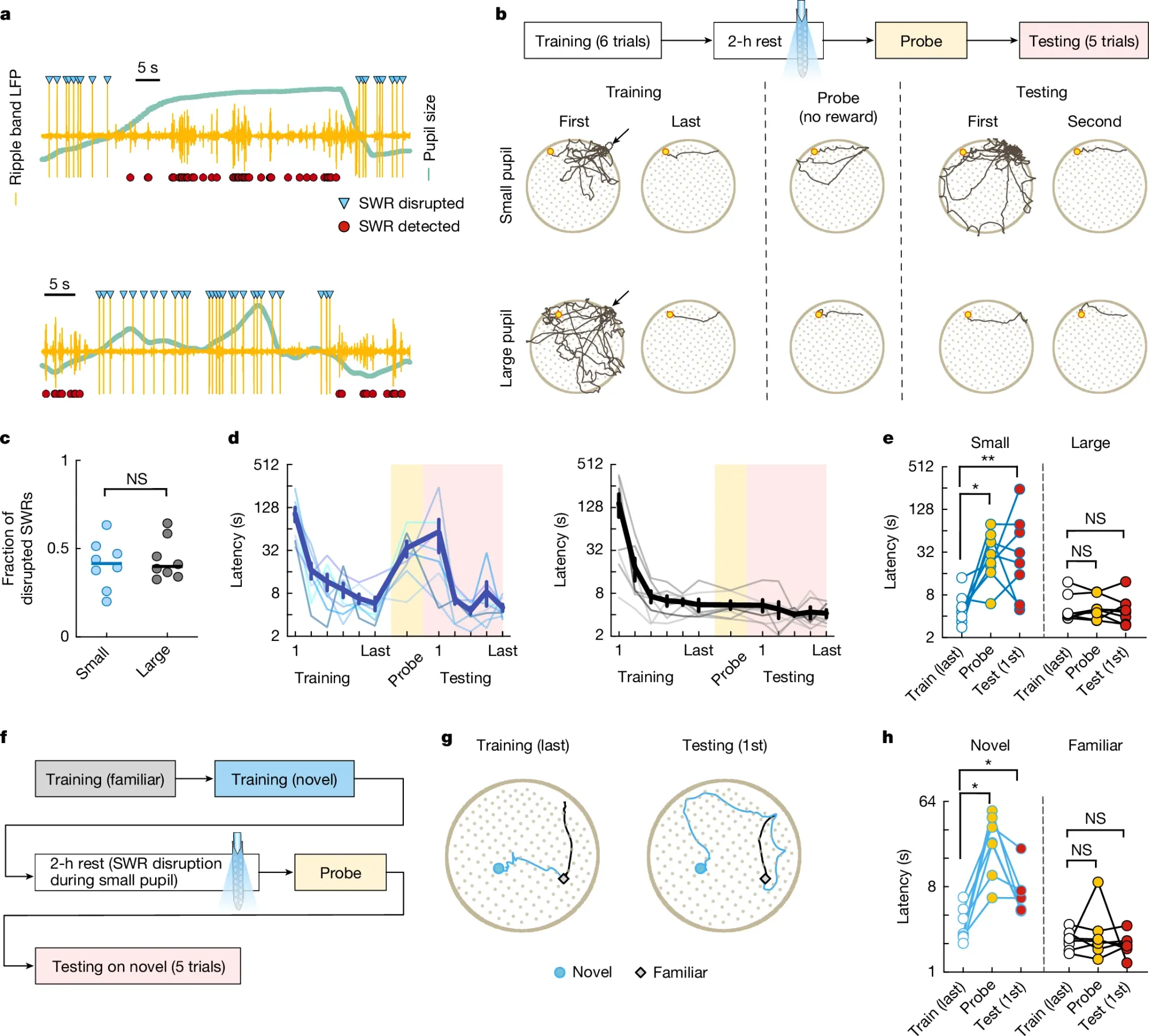Why new memories don't overwrite old ones (in mice, and hopefully humans, too)
Keeping things separated: How our brains prevent erasing old memories

Have you ever wondered why you're able to remember anything at all?
It's because we have memory!
Memory is a highly conserved evolutionary feat in animals.
And it's not restricted to just mammals - birds, fish, and even lizards can form and retain memories.
Memory is hugely beneficial to complex organisms because it allows them to recall positive and negative situations that they encounter.
And even if those memories are unpleasant, it can be good to retain them so that they avoid that unpleasantness in the future!
But one thing we've struggled to understand is how memories don't get overwritten.
It's been hypothesized that our brains segment the learning of new memories and the retention and replay of old memories so that these activities don't interfere with one another.
Unfortunately, when they do collide, animals (and artificial neural network algorithms) experience a phenomenon known as 'catastrophic forgetting.'
That sounds as bad as you think it sounds.
So, understanding how our biological neurons make new memories and retain old ones is important.
And we can apply what we learned in biological brains to prevent our artificial ones from catastrophically forgetting!
Quite a bit of research has been done on memory generation in biological brains and we know that most memory formation happens while we're sleeping.
Sleep allows us to replay the events of our day in our mind, and store the most interesting bits.
This seems to happen during non rapid eye movement (NREM) sleep and the replaying of memories (new and old) occurs in short wave ripple events (SWR).
However, it was not known how these events were segmented, what memories were played when, or how our brain is able to retain old memories without overwriting them with new ones!
And while rapid eye movement (REM) and NREM sleep are important for cleaning out the garbage in our brain and storing memories, they're not the only important eye hallmarks of brain activity.
Researchers have also noticed that animal pupils dilate during NREM sleep and the researchers behind today's paper hypothesized that pupil dilation during NREM might be related to memory storage.
To test this, they engineered mice whose brain waves could be disrupted using a technique called optogenetics (use blue light to turn neuronal genes on and off).
In the figure above, you can see the results of their experiment a) schematic showing how they detected and disrupted (blue triangles) SWRs (red dots) that occurred when pupils (green line) were small (top graph) versus when they were big (bottom graph). b,d,e) shows the effect of SWR disruption on learning the location of a food reward in a maze - disruption of SWRs during small pupil events made the mice forget where the food was! c) this effect was not because there were more small pupil SWRs than large pupil SWRs and f, g, and h) show a second experiment where disruption of small pupil SWRs only affects recall of novel food locations and not memory of ones the mice had already learned previously.
The results of this study are important because they confirm the hypothesis that the brain is able to make and retain memories by segmenting the learning of new memories and the remembering of old memories in two different brain activity phases.
In mice, new memories appear to be solidified during small pupil SWRs.
And this is important because learning how our brains are able to perform these memory feats without mixing everything up could help inform how we develop the next generation of artificial intelligence algorithms.
